When there's a person, there's a problem. When there's no person, there's no problem
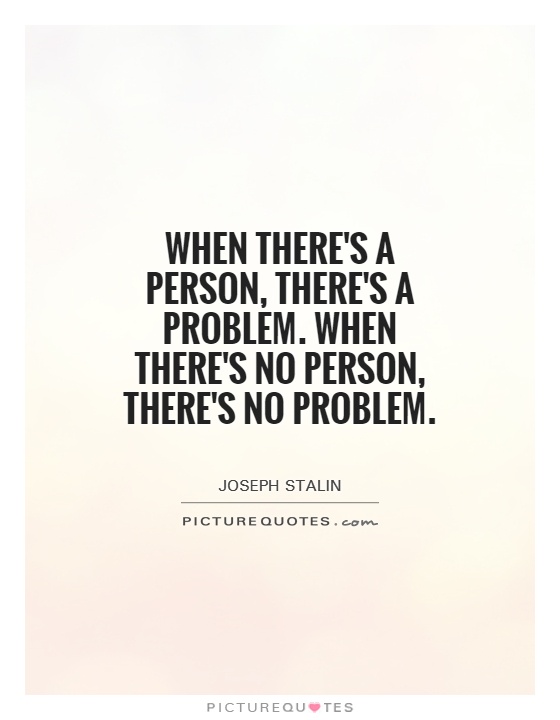
When there's a person, there's a problem. When there's no person, there's no problem
Joseph Stalin, the infamous Soviet dictator, is often associated with the quote, “When there's a person, there's a problem. When there's no person, there's no problem.” This quote encapsulates Stalin's ruthless and authoritarian approach to leadership, where he believed that individuals were obstacles to be eliminated in order to achieve his vision of a perfect society.Stalin's rule was marked by a brutal and oppressive regime that sought to consolidate power and eliminate any perceived threats to his authority. He purged millions of people through executions, forced labor camps, and mass deportations, all in the name of maintaining control and ensuring loyalty to the state. For Stalin, individuals were expendable and their lives were insignificant in comparison to the greater good of the Soviet Union.
Stalin's belief that people were inherently problematic reflects his paranoia and distrust of others. He saw potential enemies everywhere and viewed any dissent or opposition as a threat to his rule. This mindset led to a culture of fear and suspicion, where individuals were encouraged to spy on their neighbors and report any suspicious behavior to the authorities. The result was a society where trust was nonexistent and loyalty to the state was paramount.
Stalin's brutal tactics were not limited to his political enemies, but also extended to his own inner circle. He purged high-ranking officials, military leaders, and even close associates in order to maintain his grip on power. This ruthless approach to leadership created a climate of fear and instability, where no one was safe from Stalin's wrath.


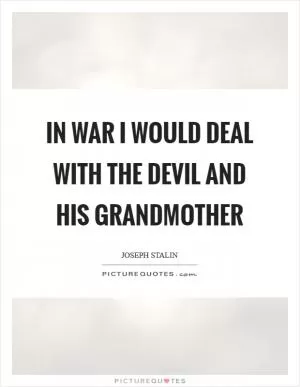
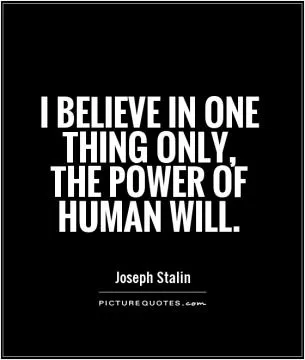
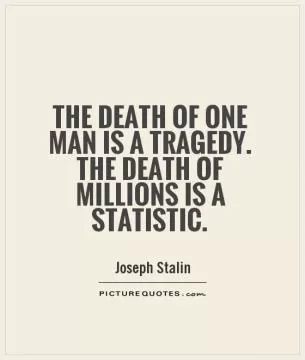



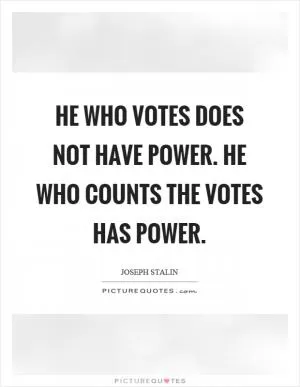



 Friendship Quotes
Friendship Quotes Love Quotes
Love Quotes Life Quotes
Life Quotes Funny Quotes
Funny Quotes Motivational Quotes
Motivational Quotes Inspirational Quotes
Inspirational Quotes